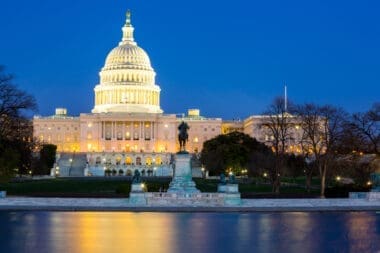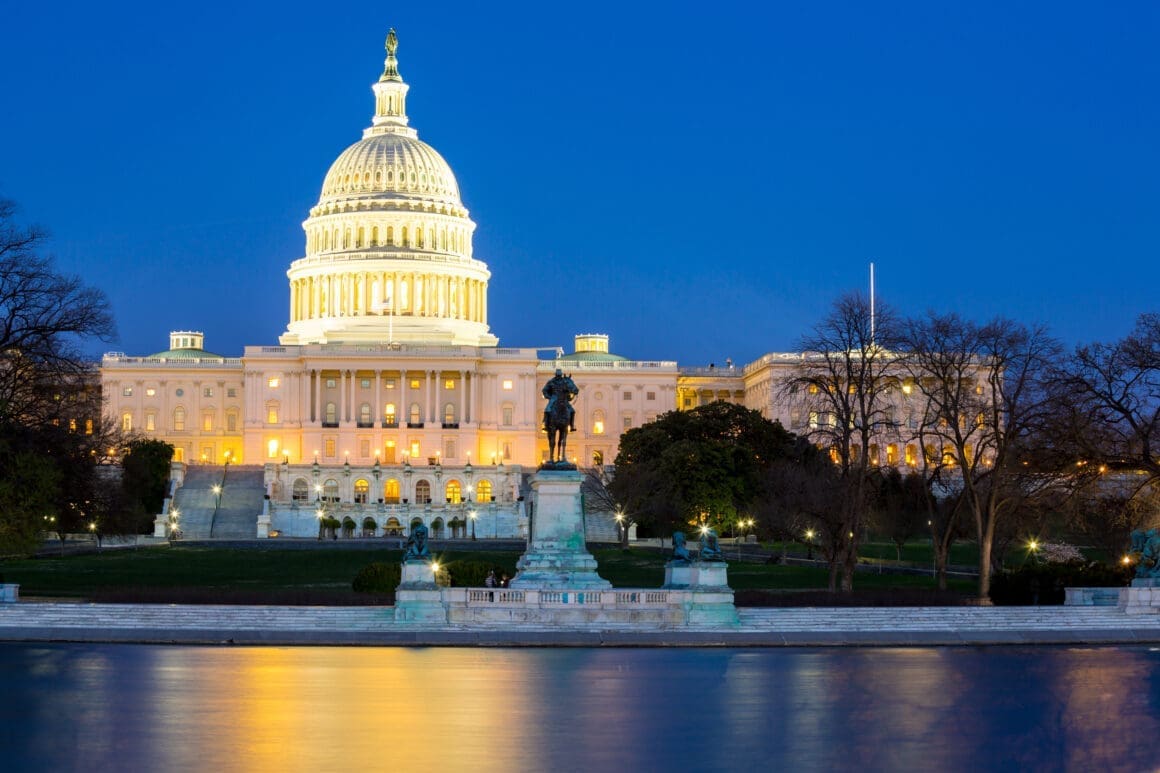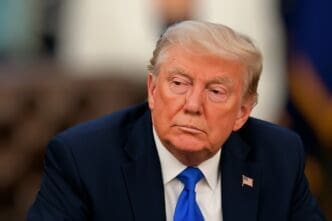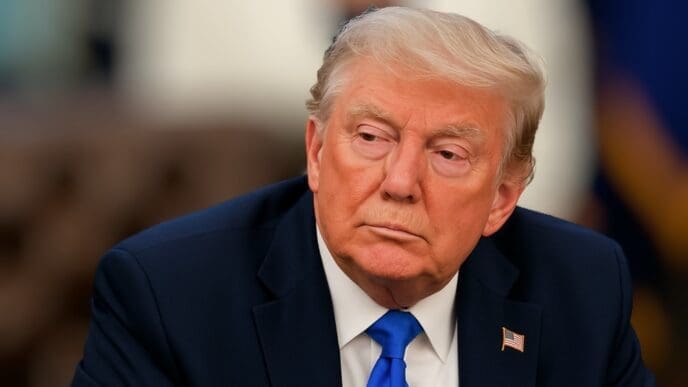President Donald Trump’s initiation of a global trade war has led to increased prices and a downturn in stock markets, with his approval ratings plummeting. Despite this, the Democratic Party remains embroiled in internal conflicts, particularly regarding its stance on trade. Recently, as global markets were disrupted on “Liberation Day,” House Democrats expressed support for certain aspects of Trump’s trade approach on social media.
Representative Chris Deluzio of Pennsylvania highlighted the failures of the longstanding “free trade” consensus in Washington, which involved reducing tariff barriers over the past eight decades. Deluzio described this as a “race to the bottom” that weakened America’s industrial capabilities and resulted in job losses. However, he criticized Trump’s trade strategy as being disorganized and inconsistent. Deluzio advocated for tariffs that are strategically targeted, coupled with pro-union measures and government subsidies, a view not wholly embraced by many liberals.
Critics within the party argue that Trump’s tariffs represent a significant tax hike on the middle class, elevating consumer prices, depleting retirement savings, and heightening recession risks. These critics believe the Democratic leadership should unequivocally denounce the tariffs, viewing them as detrimental and opposed to the benefits of free trade.
Some progressives view Deluzio’s position as nuanced, recognizing the shortcomings of free trade and emphasizing the importance of bolstering domestic manufacturing to gain the trust of working-class voters. This internal debate within the party addresses two core questions: the validity of Deluzio’s analysis and its political effectiveness at the national level, with skepticism surrounding both.
The argument for moderate protectionism hinges on three claims: (1) free trade agreements have weakened America’s industrial capacity, (2) free trade has adversely affected American workers, and (3) tariffs can promote economic justice by averting a global race to exploit the cheapest labor. Critics dispute these claims, arguing that trade is not the primary cause of declining manufacturing employment, which results more from economic development and automation. Additionally, while U.S. manufacturing employment has decreased, output has increased, positioning the U.S. as a leading manufacturing power globally.
While trade-induced factory closures have impacted some U.S. communities, globalization has generally benefited American workers by increasing access to cheaper goods, thus raising real wages. Critics suggest that imposing tariffs on low-wage countries may not protect foreign workers from exploitation but instead escalate poverty, raise consumer prices in the U.S., and lower real wages. They argue for alternative means to improve U.S. workers’ conditions, such as strengthening collective bargaining rights and social welfare.
Politically, Deluzio’s argument may appeal to voters who support protecting U.S. industry, despite the mixed public opinion on trade. However, Trump’s tariffs have led to the highest average tariff rates since 1909, potentially shifting public sentiment towards viewing trade as an opportunity for economic growth. As economic challenges linked to tariffs persist, Democrats may find it unnecessary to qualify their criticism, focusing instead on the economic implications of Trump’s policies.
Your Takeaway
- The ongoing trade war initiated by President Trump could lead to higher consumer prices, affecting everyday expenses and the cost of living.
- The internal conflict within the Democratic Party regarding trade policy might influence future political strategies and voter perceptions.
- Deluzio’s suggestion for targeted tariffs combined with supportive policies reflects a shift towards more nuanced economic strategies that could affect job opportunities in manufacturing.
- Public opinion on trade policy may evolve as consumers experience the tangible effects of tariff-induced price hikes and market fluctuations.
- The debate highlights broader economic discussions on balancing global trade benefits with domestic manufacturing and employment priorities.














